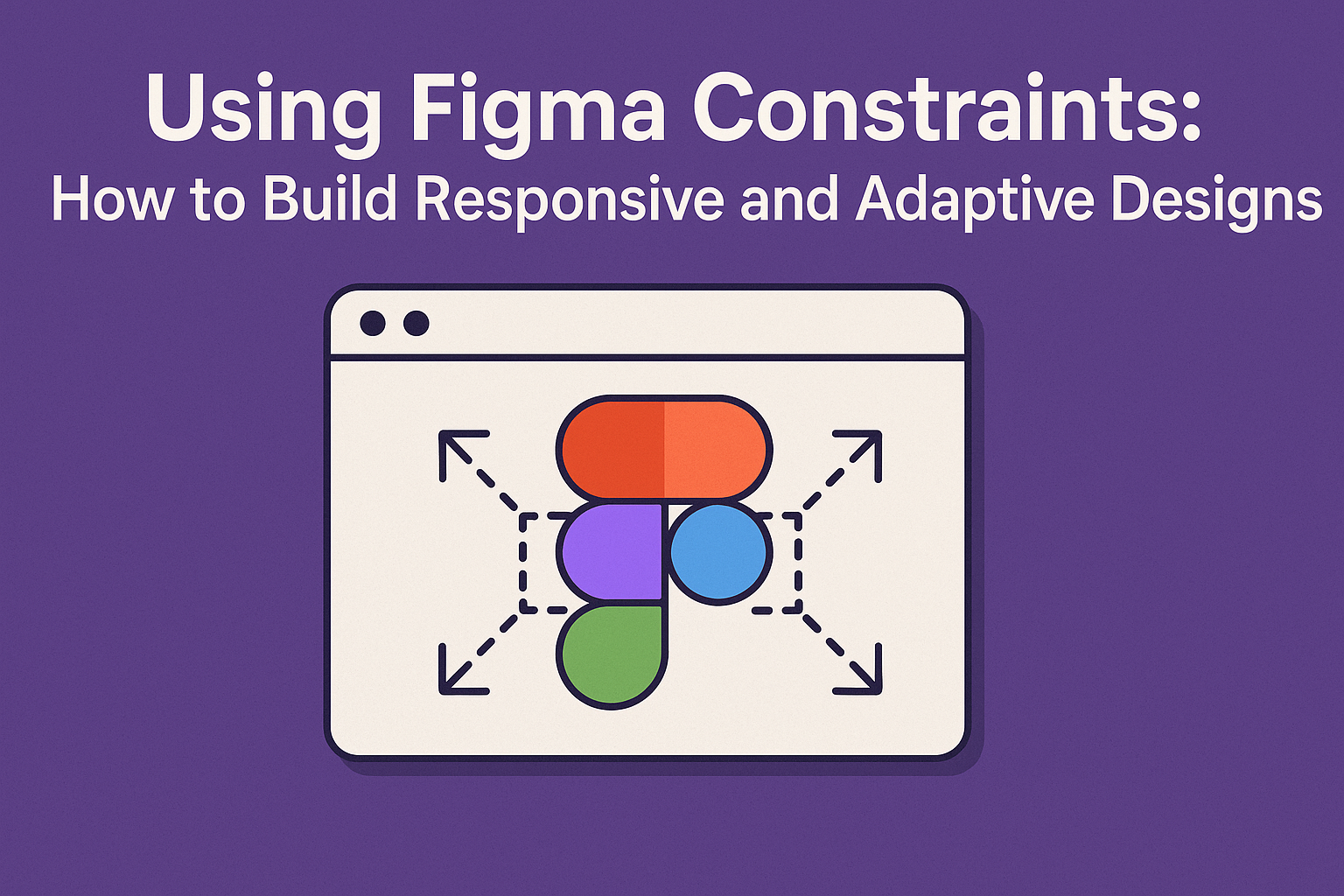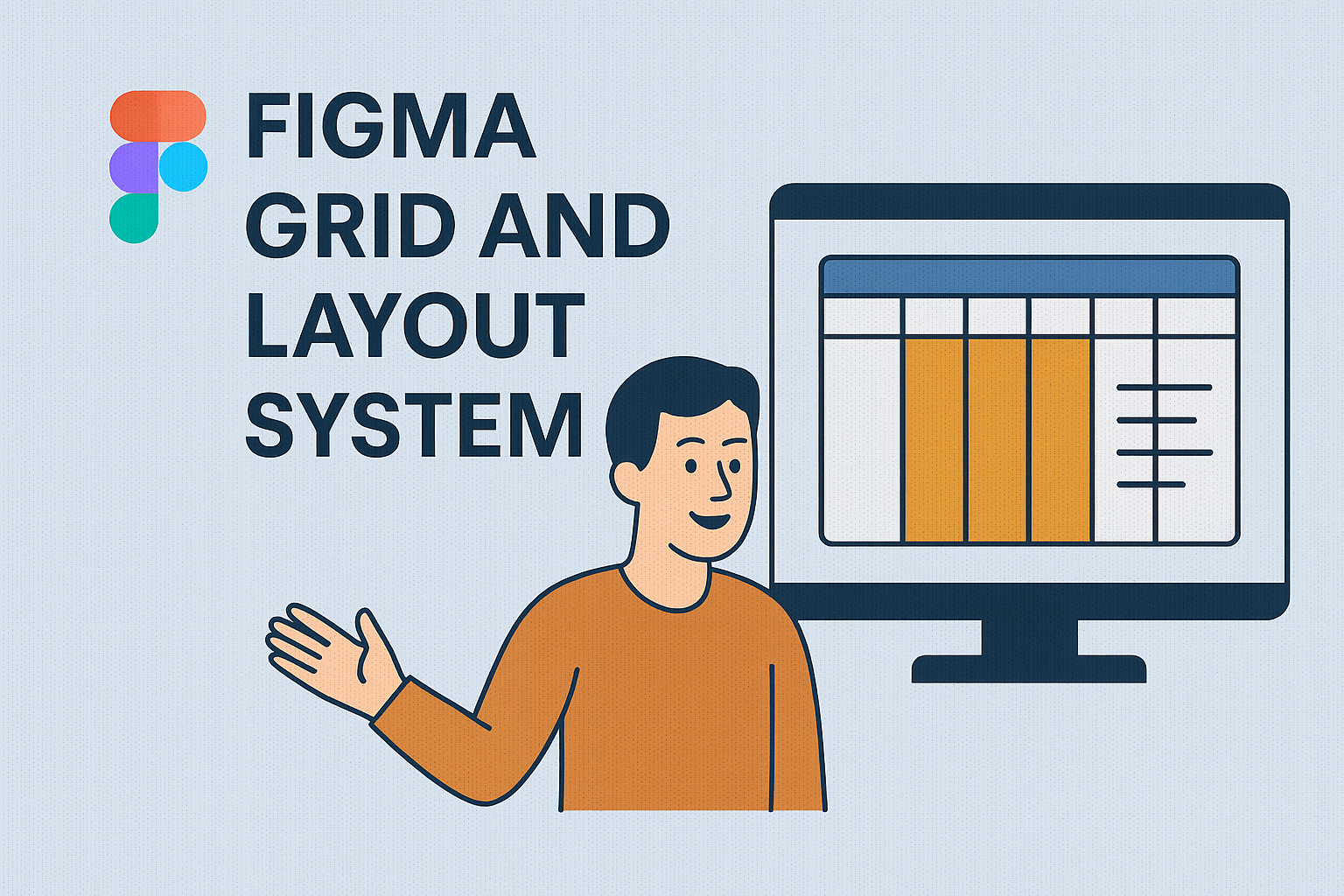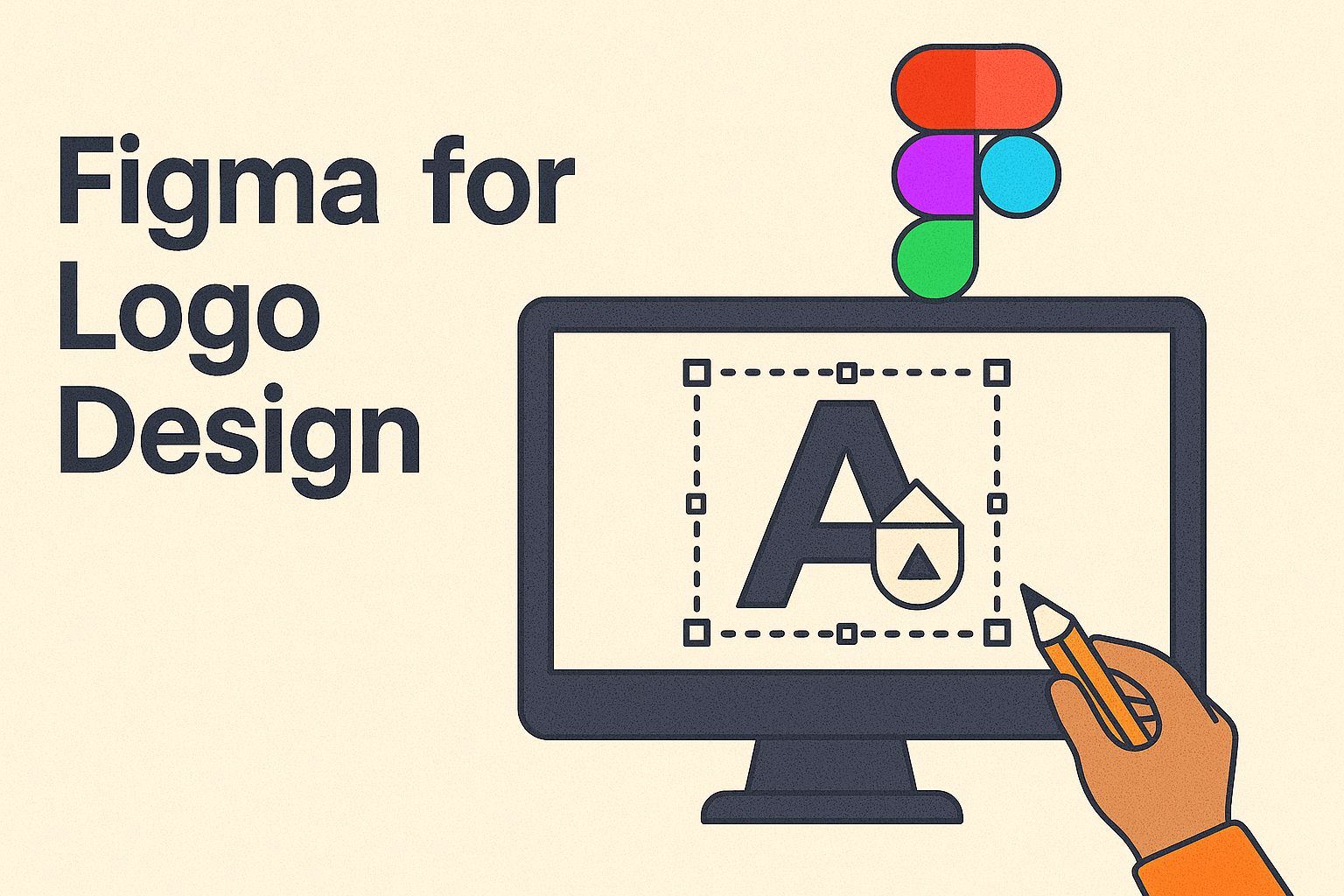Consistency is a crucial aspect of successful design projects, and Figma’s Team Libraries are designed to help achieve just that. These libraries allow teams to share components, styles, and assets, ensuring every team member is on the same page. The process involves creating, publishing, and updating design elements within a single, centralized library. This system …
Creating smooth and eye-catching transitions in user interfaces can greatly enhance the user experience. With Figma’s Smart Animate feature, designers can achieve these animations efficiently. This tutorial will guide you through using Smart Animate to create seamless transitions for your UI projects. Understanding how to effectively use Smart Animate can set your design work apart …
Designers today face the challenge of creating adaptable designs that look great on any screen size. Using the robust tools available in Figma, including constraints, scaling rules, and even magic numbers, designers can tackle responsive and adaptive design with confidence. Mastering Figma constraints allows designers to create flexible layouts that respond seamlessly to changes. Constraints …
In the world of design, mastering color management in Figma is key to creating visually appealing projects. Figma allows users to use color styles and palettes, making it easier to maintain consistency throughout designs. By setting up global color styles, designers can ensure all elements align perfectly, saving time and effort. Understanding how to create …
Designers and developers often face challenges during the handoff process, which can lead to project delays and miscommunication. Figma offers tools to make this stage smooth and efficient, helping both sides stay aligned. Understanding how to utilize Figma’s export settings can greatly enhance the transition from design to development. These settings allow designers to prepare …
In the world of web and mobile design, creating consistent and visually appealing layouts is crucial. Designers often turn to Figma’s grid and layout system for help. Figma allows designers to align objects and maintain structure using various grid types like uniform, column, and row grids. These grids help to build a sense of hierarchy …
Typography plays a crucial role in web design, influencing how users interact with a site. With tools like Figma, designers can enhance readability by adjusting text sizes, spacing, and styles. Improving readability involves selecting the right combination of text features to ensure content is clear and engaging. Figma offers a variety of typography features that …
In the world of design, creating a logo can seem like a daunting task, but with Figma, it becomes an exciting journey. Figma offers powerful tools and an intuitive interface to help designers craft professional logos with ease. This guide will explore how anyone, from beginners to seasoned designers, can leverage Figma to create stunning …
Creating interactive prototypes in Figma helps designers bring their ideas to life in a way that is both engaging and realistic. Figma’s powerful features enable users to craft detailed and interactive user flows, essential for testing and refining design concepts. By using these tools effectively, teams can collaborate in real-time and improve their design outcomes. …
Creating efficient design systems is essential in today’s fast-paced design world, and Figma components make this process much more manageable. Using Figma components allows designers to develop consistent, scalable, and time-saving design systems. Figma provides tools that help teams create reusable elements, maintaining uniformity across different projects. By organizing design elements into components, designers can …










